|
These images are me reacting to newfound questions. I allow myself to act, react, making real. I simultaneously accept classical composition as mandate, and my receptiveness to questions. I accept The Classical Mandate, i.e., in-your-face engagement is the simplest, and purest, conduit to viewer attention. In yesterday's blog I showed three image by Philip Guston. Those images follow The Classical Mandate. Picasso accepted The Classical Mandate. I have, at last, accept The Classical Mandate. I accept the necessity of immediate, in-your-face, attention grabbing imagery. It is the necessity to engage the viewer; it is necessary in every composition. After you look at my work, constructed with The Classical Mandate, look at one of Picasso's works (below👇). In his earliest work, and in his last, Picasso accepted The Classical Mandate. It took me a while, but I am here now. There is no denying The Classical Mandate is effective. Acceptance of tried and true is a comfort. It allows me to expand self-expression. It is the fluid means to self-engagement? The bonus is engagement with the viewer. After all, communication, between artist and viewer, is the ultimate goal. I have fought and fought. I did not easily accept truth. I never simply believed in documented truth. I had to put it to a test. I made myself work, test after test! I made my viewers work. I failed. Now I know. Acceptance of truth is necessary. Truth is not always clear and easy to perceive. However, a visual statement much engage by directly engagement of the viewer. The artist must not screw around with in hope the viewer will want to enter his artwork. An artwork must grab the viewer. An artwork must have an "in-your-face" engagement. The drawing I show today is an "in-your-face" image. It engages the viewer, immediately. The viewer comprehends its declaration, easily. Is this the greatest drawing ever made? I will not say that. I will say it is a successful test of my doctrine: I accept tried and true reality, as illustrated by generations of great artists, including my mentor, Philip Guston. Philip Guston never fought the truth that I accept today. In fact, his late figurative work always engage with in-your-face images, one after another. As examples, take a look at three late works by Philip Guston (below👇). 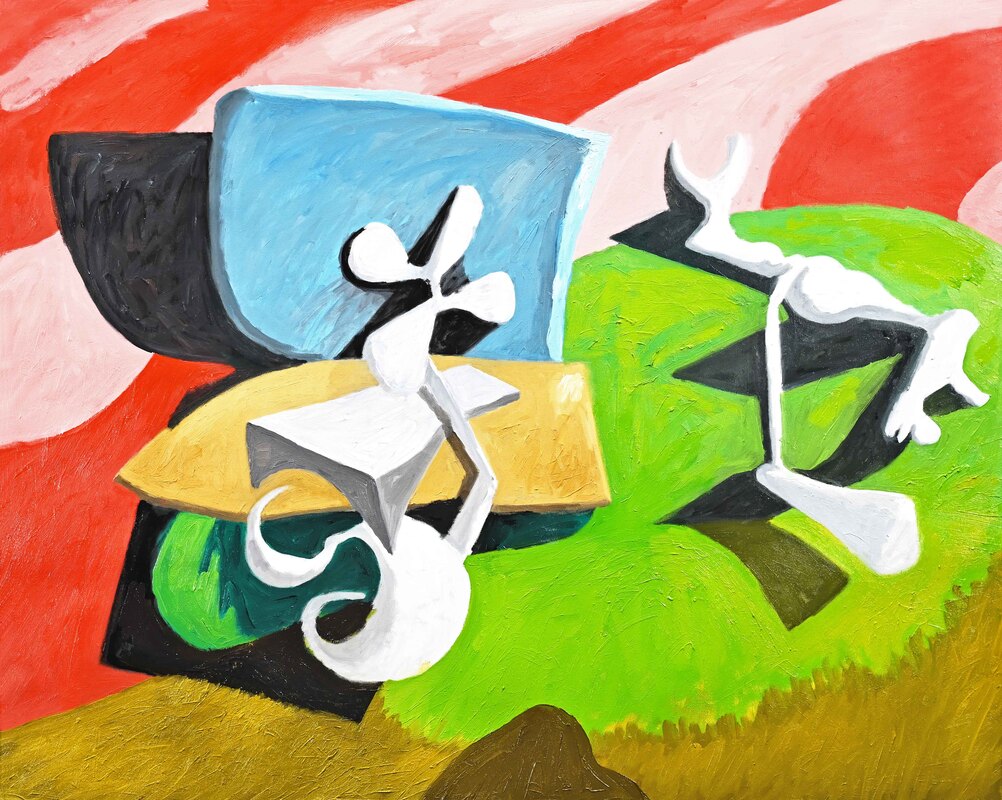 "Startle & Lay Siege" (2021 No.1, state 7), oil on canvas, 36x45 inches {"I was learning at seventy-one what it is to be deranged. Proving that self-discovery wasn't over after all. Proving that the drama that is associated usually with the young as they fully begin to enter life... can startle and lay siege to the aged." -Philip Roth, "Exit Ghost"} I wish it were easier. Always I wish for the same thing, easy. Never do I get it. This is work. This is effort. This is stepping strong, succeeding some of the time, failing often. The moments of success, at least the moments of "feeling successful," drive me to return and try again. While organizing the reproduction of yesterday's drawing for posting here, I felt failure. It did not sing the way I believed it had during yesterday's studio process. Did I go wrong? If my steps be honest and true, there is no wrong, there is just journey.
Yesterday's studio work fell short of my ambition. That's OK. It has informed me. I return today to make better. These three drawings were begun, re-stated; they are a week's worth of effort. In, out, and about was my journey; two steps forward, one back, two forward. I arrive here. These drawings are keys to my future. I am, more than anything else, an organizer. I need to make real. The reality I seek is available through the process of making art. There is no end-game. There is progress and steady clarification. I am who I am. I am organizing myself as I organize my images. Making clear is most important. These drawings announce my acceptance of a process never to be fulfilled. The journey is exciting, willfully reflective of self-query. I am in the act of becoming, moving with each work of art toward fulfillment.
Recently, nothing feels complete. I accept this difficulty. Nothing is fully accomplished, nothing is "complete," "finished," or "done!" I do what I can. I move my works to "satisfactory." This drawing will be revisited. Also, I will revisit a drawing posted in yesterday's blog, Drawing 02·13·2021 (state 2). Already in state 2, at the end of yesterday's studio session I moved it to state 3. It is becoming more satisfactory. Today, when I arrive in the studio, I will look again.
Yesterday began with a glance at the drawing from 2/18/2021. It is Good! This I followed with a revisited to the drawing from 2/13/2021, which I restated, as seen here. Finally, I made a drawing from scratch, the drawing dated 2·19·2021.
All went well. It was a day making sure I feel good about my current understanding. I came away feeling very good. I believe my recent steps have been in the right direction! Going home is going back to one's roots. I am doing this. In fact, I am returning to the roots of classical art. I have tried, repeatedly, to defeat classicism. Picasso accepted classicism as truth. Picasso gave into the reality that classicism had determined the best way to engage the viewer. Classicism was centuries old before Picasso got here, even older before I got here. Classism had challenged many ways of presenting imagery. Picasso accepted that classicism had succeeded. The invention, and the success of Modern Art, is not about compositional challenge; that had already been done. No matter the degree of distance Picasso put between his images and naturalism, the force of his compositions always accepted classicism's compositional dictates. Every image Picasso presents is "in your face," "straight ahead," composed to engage by laterally depicting his images within the defined rectangle. No matter the wildness of Picasso's forms, his compositions do not disturb the viewer's natural way of digesting an image. The wildness of Picasso's image are attenuated by his acceptance of pure compositional classism. I am now doing the same. It took me longer to get to here, to this insight, then it did Picasso (or Van Gogh or Matisse or Philip Guston or Willem de Kooning, for that matter). Those five (Picasso, Van Gogh, Matisse, Guston, de Kooning) are my heroes, my main mentors. Four of them were my mentors from a distance, but Philip Guston mentored me in person. Take a look at today's drawing. I accept classical composition. Why, I ask, has it taken me so long? This acceptance frees me to invent via form, color, scale, shape, and space. It frees me because I accept the basic rules that are classical composition. No more will I fight the tenets of classical composition. Below I show you two daring works of art. They do not challenge "Classical Composition." The do challenge how we see. Both of these paintings creating a reality that challenges our visual world through imagery, not through composition. Is this drawing a Fable? Is it an abstraction? I do wish to tell stories. I do not wish be a figurative artist (been there, done that; see CATALOGUE RAISONNÉ). I do not wish to use natural representation. What to do? The drawing I show today questions my motives. This drawing represents an image far afield from our touchable reality. However, it is distinctly abstracted from our own world. You could walk into this place. It is an effort that holds interest, but it does not satisfy. More questions, more answers, will come today.
Problem Solving is a loopy endeavor. By this I mean it is a spiral, looping back upon itself, over and over. The activity of problem solving is always looking for a true target. Yesterday's drawing did this. In fact, it contains the beginnings of a loop. It is a fine drawing. It exhibits my newly perceived insight. I require, and viewers require, a clear, engaging entry. After engagement, via an entry idea that is easy to perceive, me (the artist), and you (the viewer), are caught, as if in a web. Then, I can do whatever I wish. This enticement to enter, to engage, is most difficult to achieve. This is similar to the first sentence of a novel. If the first sentence does not engage with an idea, and a mystery to unravel, a reader will not continue to read. Some authors do this with each chapter. It is a skill. I am developing a similar skill in my art.
These drawing are spectacular. I realize not everyone agrees or sees. There is bias in this world, especially in the Art World. I do not make easy images. They do not mimic other images you have seen before. You have to step back, relax, float downstream. If you can't do that, if you are stuck on de Kooning or Picasso or Basquiat, or any of my refined contemporaries, you cannot see my work without bias. Hold a loved one's hand, then take another look. These are announcements of the profound.
|
To read my profile go to MEHRBACH.com.
At MEHRBACH.com you may view many of my paintings and drawings, past and present, and see details about my life and work. Archives
July 2024
|









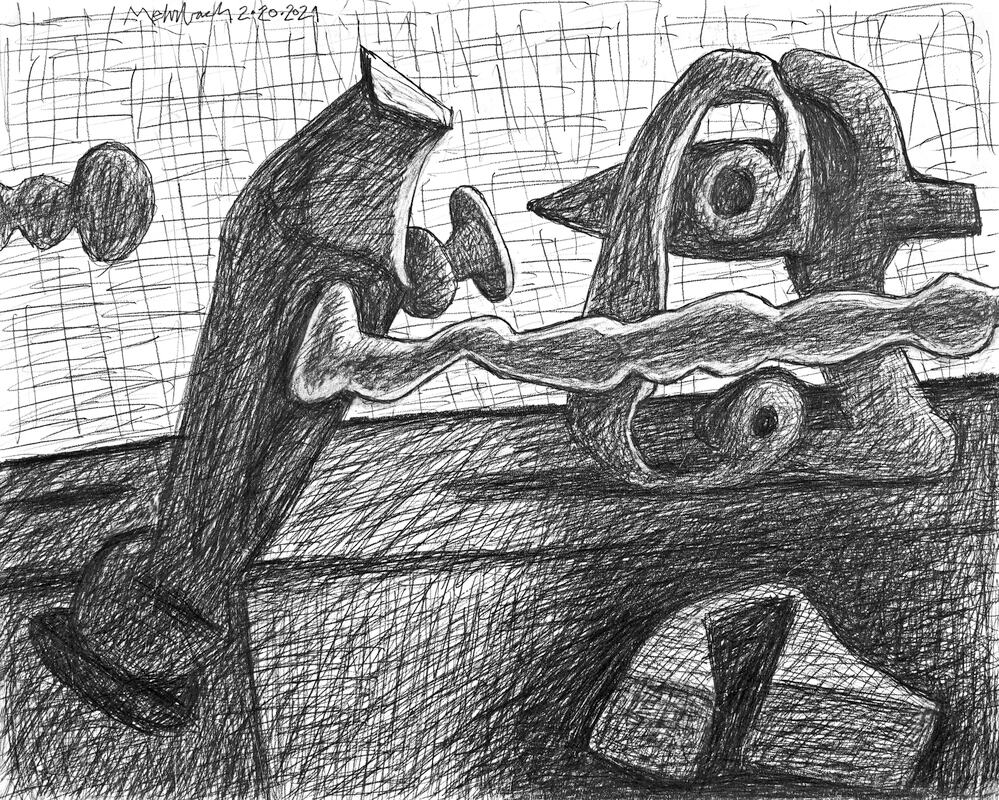
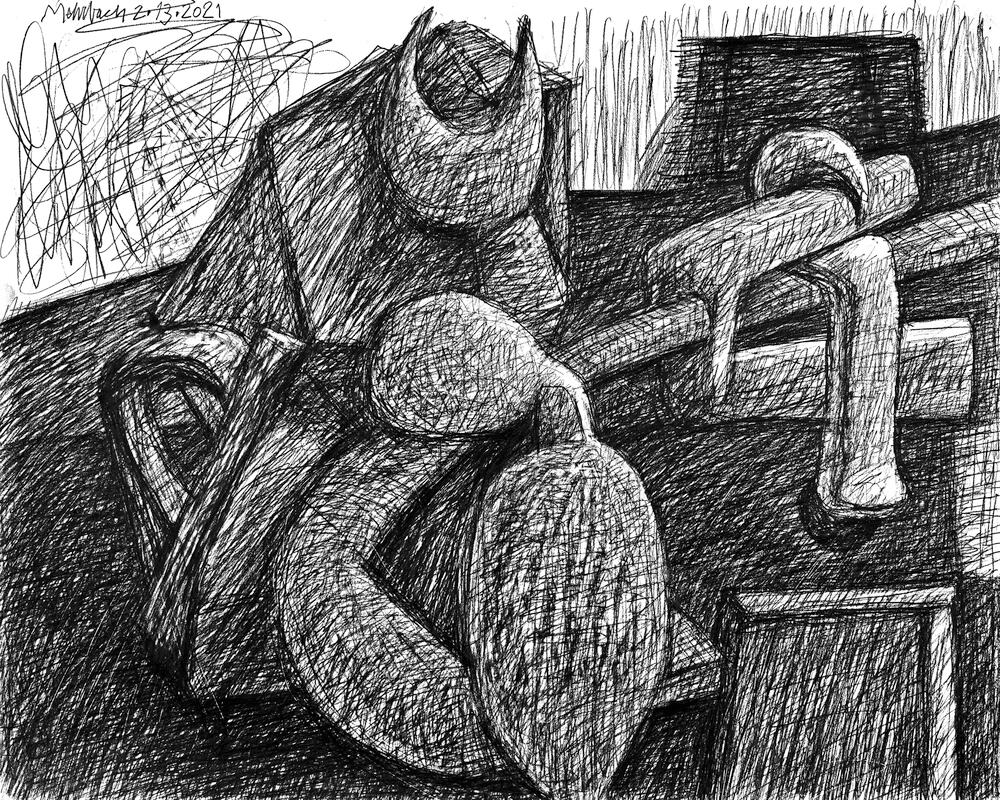





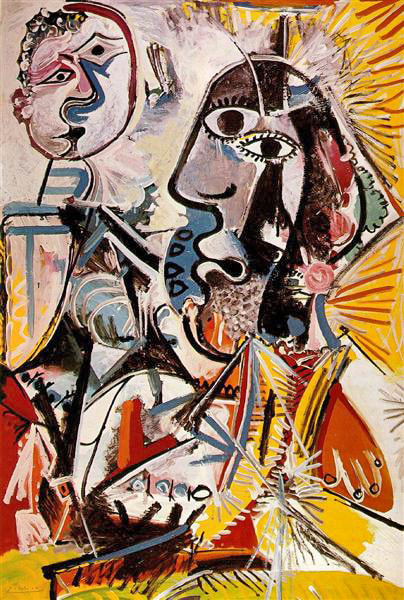


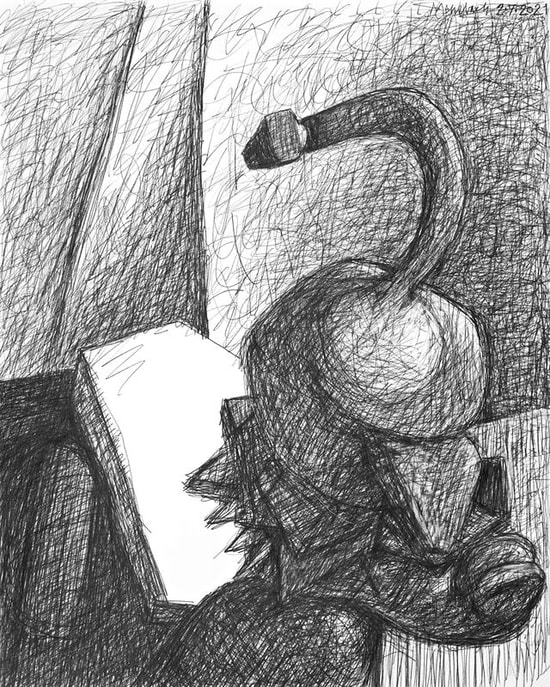



 RSS Feed
RSS Feed